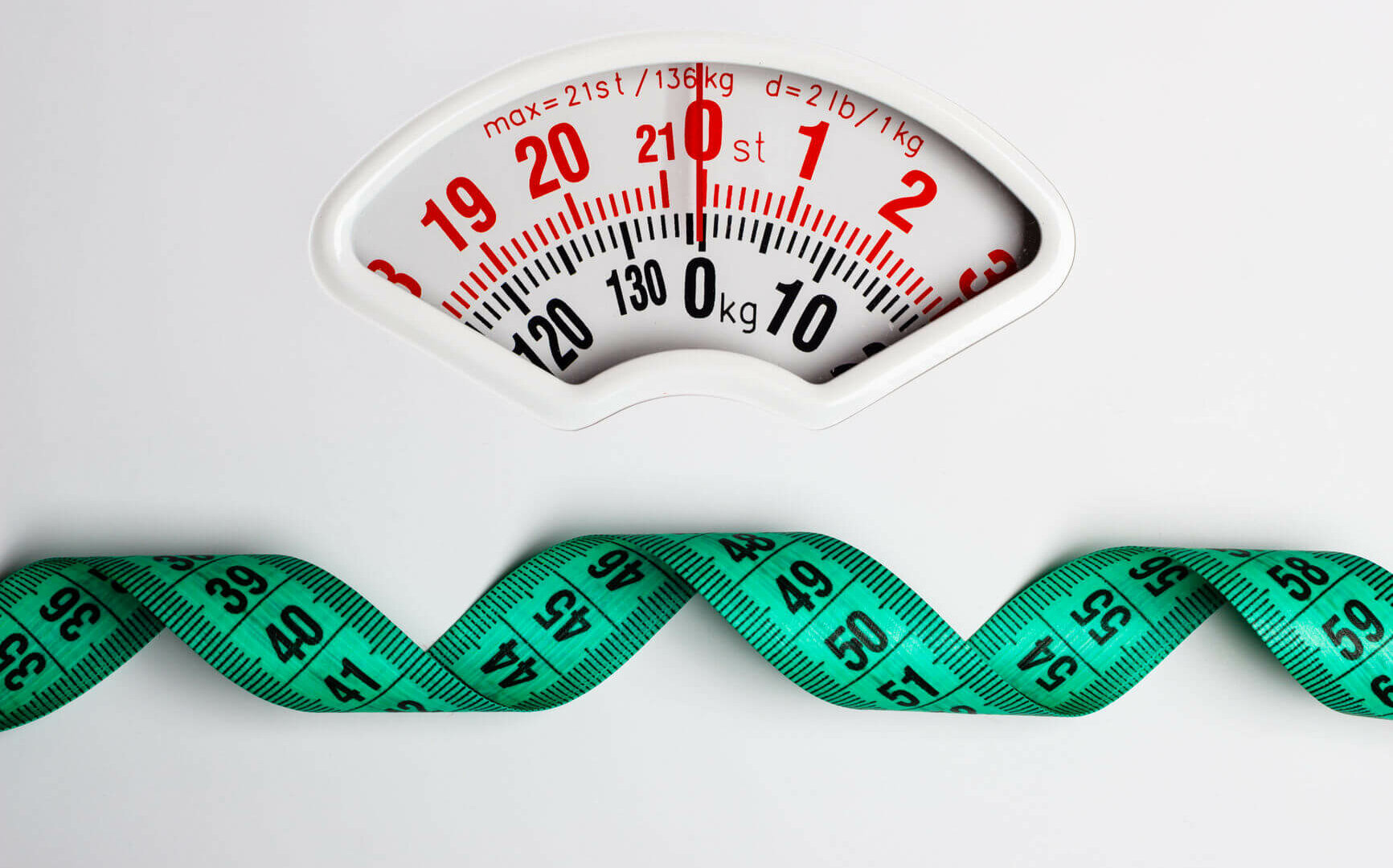As a consequence of the relentless daily demands we place on ourselves and the sacrificial role our bodies play as we try to cope with it, many of us have morphed into anything but that which resembles human physical potential.

As every week offers a new television series documenting this struggle, making entertainment out of the problem does not appear to be having a positively illuminating effect. Although we can recognize the provocative theme of the “Biggest Loser”, and the visual simplicity of comparatively weighing people on overly sized scales, there is an unintended consequence(s) of defining the winner as the person who loses the most weight. Ironically, the victor is also the person that loses the most muscle.
The problem resides in that weight-loss is a gross overestimate of changes in one parameter of health as it relates to body composition. However, the number on the scale does NOT actually provide insight into the actual composition of body tissue. That is to say, what is the relative contribution of fat and muscle to body weight respectively? If excess body fat is a major cause of metabolic and cardiovascular pathologies ranging from heart disease to diabetes risk to sleep dysfunction, it’s safe to say this is the critical tissue we are trying to expel from the body.
Reality of Weight Loss
When you put ‘weight loss’ in perspective of more precise body composition changes, the evidence suggests a combination of contributing factors to the decreasing number fed back to you on the scale, or in the case of the biggest loser, projected for millions of viewers to see at home. Generally speaking, these constituents and their proportional role in typical weight loss are listed in the table below.
| Type of Tissue Loss | Percentage of Loss | Inclusive Components |
|---|---|---|
| Fat Mass | ~ 75-80% | Stored Energy & Organ mass |
| Skeletal Muscle | ~ 20-25% | Skeletal & Smooth |
| Bone | ~ .5-1% | Osteopenia/Osteoporosis |
It’s important to emphasize anytime we are simply referring to ‘weight loss’ we are not differentiating from which tissue the weight is lost (skeletal muscle or body fat). Importantly, an unfortunate consequence during periods of caloric restriction is the loss of skeletal muscle. In other words, if your scale weight dropped from 180 lbs. to 160 lbs., at least some portion of this 20 lbs. reduction is likely to be muscle (i.e. ~ 5 pounds). UNLESS, you are engaged in the necessary methods to mitigate that loss and ensure the weight decrease is comprised entirely of reductions in body fat.
Practitioners refer to this as “High Quality” weight loss, as efforts to maximize body fat reduction while minimizing or completely offsetting muscle loss.
But why is that important
Appropriately, our body composition goals should reflect a desire to lower risk of metabolic and cardiovascular disease (i.e. body fat), while improving physical and physiologic function (i.e. muscle). In other words, gain muscle while losing fat. #Winning As explained in a later article “Omnivore’s Dilemma”, muscle is particularly important during times of weight loss if the idea is to sustain loses in body fat while achieving a toned physique.
Whether your goals are purely aesthetic or general health you cannot deny the importance of skeletal muscle. We will reiterate its significance throughout subsequent articles but muscle is the primary driver of:
- Locomotion: capacity to navigate dynamically through space. Supporting physical fitness, self-reliance and independence.
- Muscle Strength: ability of the body to impose adequate force against and protect from the external environment. Let’s face it, life is easier when you’re strong. Injury resistance is increasingly important from the young athlete to the frail elderly.
- Regulation of Blood Glucose: dominant site of glucose disposal, creating a storage depot for energy (glycogen); helping manage blood sugar stability. Particularly important for the prevention of metabolic disorders like diabetes. In other words, the more muscle you have, the easier you can handle carbohydrates in a way that minimizes the accumulation of body fat.
- Regulation of Blood Lipids: muscle is the machinery that utilizes fat to meet energy needs, or store intramuscularly to be used later. Again, the more muscle you have, the more tissue you have to metabolize fat.
- Basal [resting] Metabolic Rate (BMR): BMR is a primary determinant of your energy expenditure throughout the day, HOW MANY CALORIES YOU BURN. For anyone mildly concerned with preventing body fat gain (especially body fat reduction) yet wants to indulge in dietary delights from time to time, needs to maximize the amount of this highly metabolically active tissue he/she carries.
Unquestionably, muscle is a regulator of physiologic processes far beyond physical and functional characteristics. Serving as a metabolic powerhouse, it provides a sink of disposal from the otherwise potentially harmful accumulation of sugar and fat.
These dynamic features of muscle make it an essential component for sustainable fat loss, weight management and consequently long-term health.
Fortunately, there are two highly potent stimuli that can ‘rescue’ muscle from this precarious fate and in some unique cases even completely reverse this effect. Namely, resistance training and dietary protein ingestion independently can meaningfully augment muscle protein synthesis in the face of a caloric deficit, but when implemented together have a uniquely effective synergistic relationship. I discuss this coordinated process at length in subsequent articles (i.e. “Omnivore’s Dilemma”) so we will not burden you with the science here.
What is resistance training?
The systematic presentation of any exercise that causes the muscle to contract against an externally imposed resistance. By repeatedly presenting this resistance to the muscle, it is forced to adapt to better equip itself for similar stresses in the future. When you first start training, you can be chaotic in your approach and still see dramatic benefits because of the novelty of this new stress and the systemic response that takes place in reaction to it. Once beyond a certain training status (> 6 months), it is particularly relevant to the individual in its methodical intent to elicit a desired muscle adaptation: increased strength, size or endurance to name a few. Meaning the type of training needs to directly reflect the goals of that individual.
Depending partially on the type & intensity of exercise, our muscles respond via a balance of anabolic (growth) and catabolic (breakdown) pathways that drive muscle adaptation in an effort to improve the muscle’s ability to handle specific stresses in the future.
When our goal is specifically trying to improve body composition with a heavy emphasis on fat loss, we are leveraging the following characteristics of resistance exercise:
- Provide anabolic stimulus to the muscle
- Encourage muscle repair, remodel and development
- More muscle we have, theoretically, the more calories we burn.
- Maximize substrate utilization (i.e. glycogen depletion)
- Potentially impact fat utilization later on in the day
The first point I will explain extensively in my next few articles. However, the second point, is relatively easy to cover. Generally speaking, when performing resistance training we are reliant on carbohydrates (i.e. stored glycogen) to meet energy demands of the activity. Since our body is predominantly dependent on either carbohydrates (preferred) or fat to supply energy for normal physiologic function throughout the day, this metabolic effect of resistance training may have larger implications. Consequently, by nature resistance exercise will deplete the preferred energy source (carbohydrate) that could operate as a barrier to body fat loss.
Importantly, the simplicity of this explanation does not account for the myriad of other influencers that could make this prolonged ‘fat burning’ effect meaningless (i.e. the energy density and macronutrient composition of your diet). It is still something we can take advantage of.
Bringing it together
- Resistance training should be a priority.
- The more muscle you have the more calories you burn!
- Prioritize multi-joint movements vs isolation (squats over hamstring curls)
- Workouts must be progressively challenging over time.
- New to lifting? You don’t need much, 2 days of weights can make all the difference.
- No one program fits all. You need a customized approach to fit your goals.




